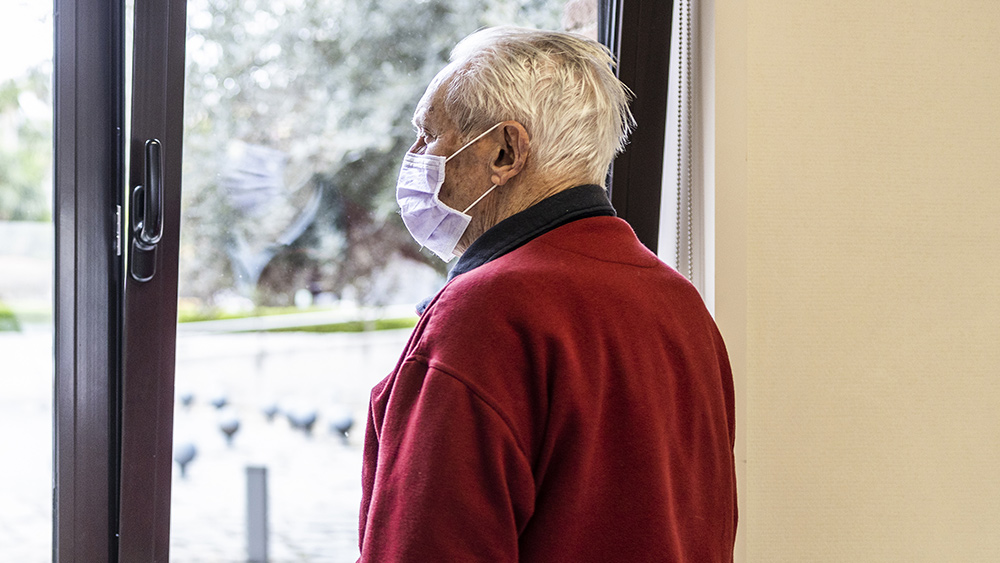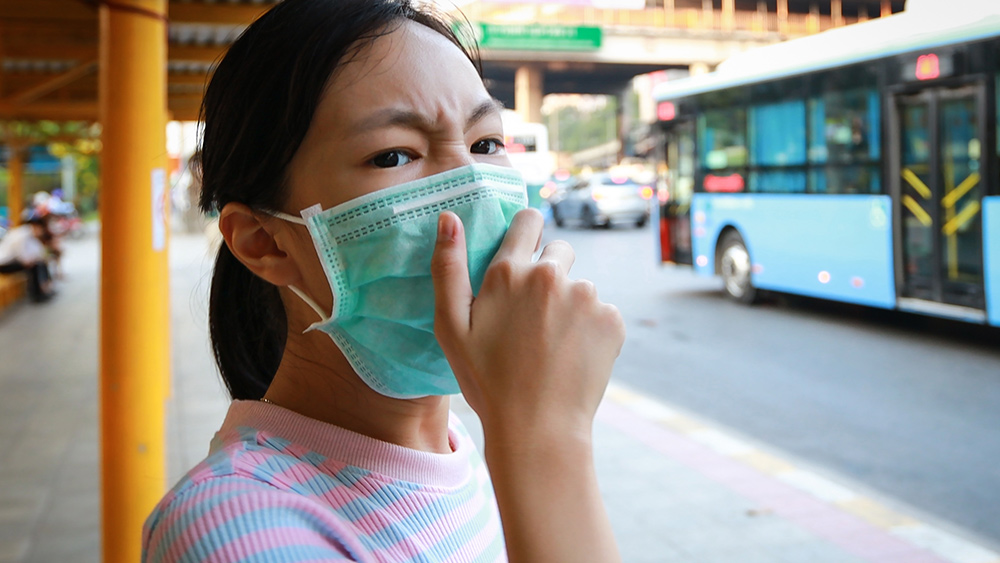Connecticut health officials didn’t include nursing homes in COVID-19 emergency response plan
08/24/2020 / By Zoey Sky

According to an independent, state-funded report, health officials in Connecticut left out nursing homes while they were developing a coronavirus (COVID-19) plan during the early days of the pandemic. Unfortunately, the state was also ill-equipped to deal with COVID-19 as it was relying on an antiquated outbreak-monitoring system.
The interim report was released on Tuesday, August 18 by the research firm Mathematica Policy Research.
Unprepared and outdated
The report showed that the Connecticut Department of Public Health‘s emergency response plan focused solely on hospitals and neglected long-term-care facilities in the state.
The ill-advised plan also mistakenly assumed two things: That only noninfected staff would remain at health-care facilities and that there would be enough personal protection equipment like masks and gowns.
The report also showed that the health officials were using an old monitoring system wherein outbreak reports from nursing homes were faxed in. An electronic system that reported daily was only set up in May.
According to the report, in early January, six out of nine positions in the Office of Public Health Preparedness and Response were vacant. These positions were only filled recently, by July, suggesting that the Department of Public Health didn’t have the manpower necessary to track and manage emergencies when the pandemic was in its early stages.
Connecticut Governor Ned Lamont, a Democrat, called for the third-party review in June to determine how Connecticut handled the pandemic and what improvements could be made.
Lamont defended the state’s response, claiming that the limited scientific knowledge about the disease within the first months of the pandemic presented certain challenges when determining effective measures to prevent the spread of COVID-19. Lamont added, “Despite these limitations, Connecticut made some very critical decisions in our response to Covid-19 that saved lives and improved public health.”
Too little, too late
The Mathematica report also showed that when the pandemic first began, health officials made decisions using the available knowledge at the time as presented by national and state epidemiologists and public-health experts.
Over 3,000 long-term care residents have died in Connecticut. This represents at least three-quarters of all coronavirus deaths in the state.
The report found that Connecticut’s death rate for long-term-care residents was the highest in the Northeast, with 91 deaths per 100,000 individuals.
According to the report, the state was late in implementing crucial infection-control changes. Connecticut only instructed all personnel to wear masks in nursing homes on April 4, a day after federal officials advised the general public to wear masks for their protection.
However, in New York, officials issued a masking order for health-care facilities as early as March 13. (Related: Governors now in hot water for forcing nursing homes, assisted living facilities to take in COVID-19 patients.)
Deidre Gifford, Acting Department of Public Health Commissioner, explained that Connecticut has since made progress “in terms of testing, inspections, infection control and understanding how the virus spreads.”
Even before the coronavirus pandemic, the nursing-home industry had been struggling with infection-related issues.
The report also found that at least 68 percent of Connecticut’s nursing homes were cited for an infection-control deficiency at least once in the last three years. The industry also had to deal with high turnover among infection-control staff that left many roles unfilled or filled with inexperienced staff.
Nursing homes in the state struggled to retain staff, especially when the pandemic continued to spread in April. At one point, 50 people were dying per day in long-term care facilities.
Providers interviewed by Mathematica reported that the increased staff absences were caused by issues relating to child care. Some staff members also had pre-existing conditions that put them at greater risk of getting infected if they reported for work while others were scared of catching the virus or bringing it home and infecting their loved ones.
Providers also faced competition for staff with other nursing homes and New York City since hospitals, and other settings were offering competitive financial incentives.
Preparing for the resurgence of coronavirus
In a statement from Connecticut Association of Health Care Facilities/Connecticut Center for Assisted Living and LeadingAge Connecticut that represented nursing homes, members said that they are “closely reviewing the interim findings and recommendations and will continue to work in partnership with Connecticut state government” to prepare for the next resurgence of the virus.
Mathematica presented several recommendations to help nursing homes deal effectively with the pandemic, such as:
- The continued procurement and distribution of personal-protection equipment to long-term care facilities for the well-being of both staff and patients
- The regular testing of staff members at nursing homes to prevent the spread of the virus
- Changing work shifts from three eight-hour shifts a day for staff to two 12-hour shifts
- Keeping staff with the same group of patients to limit any potential spread
The Mathematica report highlighted the importance of informing families about the current situation of their loved ones, noting that some nursing home providers did this better than others. The group suggested that each facility should have family liaisons to prevent any misunderstandings and to assuage any fears that the family members of the patients might have because of the pandemic.
In an interview, Patricia Rowan, a researcher at Mathematica and the project’s director, explained that this interim report will soon be updated and that the final report will be more detailed. She also suggested checking in on both the physical and mental health of patients, noting that giving them safe ways to contact their families can prevent them from feeling isolated during these trying times.
Rowan concluded that Connecticut and the long-term care industry should apply more measures “to prioritize person-centered care” to effectively meet the “physical, emotional and psychosocial needs” of residents so they can maintain more control over their daily lives.
Sources include:
Tagged Under: assisted living facility, Connecticut, coronavirus, covid-19, COVID-19 emergency response plan, deaths, elderly, emergency response plan, Fatalities, Flu, government, infection, infections, long-term care facilities, nursing homes, outbreak, pandemic, primary care centers, senior citizens, senior facilities, superbugs



















